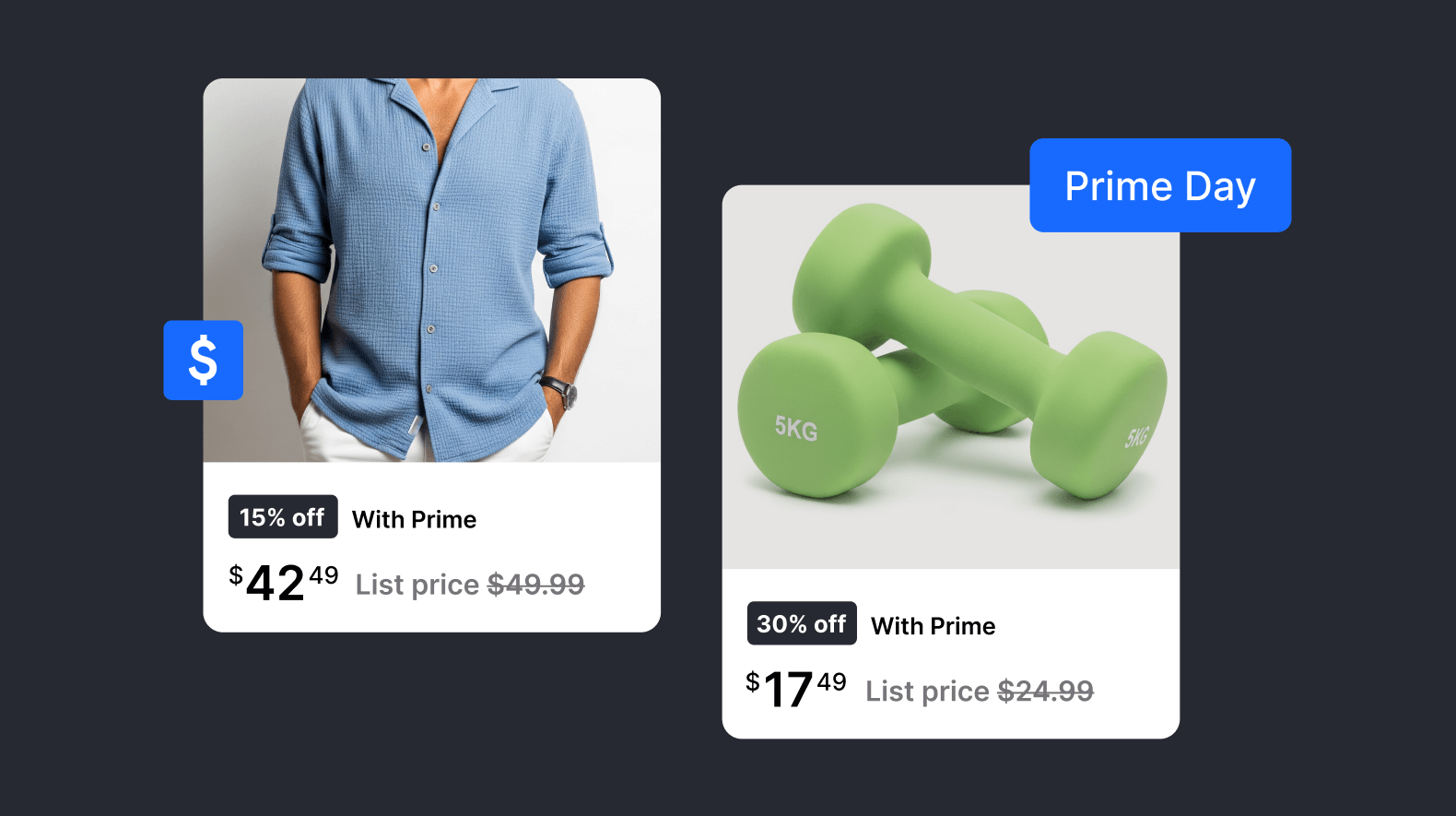When you’re providing financial services, expectations are everything. Speedy payments. Verified users. Watertight security. You must meet the highest level of compliance – not only with regulations – but also with customer standards.
Funds must flow: that’s the only thing your customer needs to see. Beneath the surface of the smartphone screen the payment rails, scheme relationships, and authorization protocols weave a complex picture – that’s what we focus on. We’ve helped fintechs like Klarna, Wise, Remitly, and others to improve authorization rates, control costs, and deliver better experiences.
As a fintech provider, there is a lot you can do to deliver sleeker, smarter transactions. This article will cover the main ways in which I help our fintech clients sharpen their payment strategy, looking at three major themes: acceptance rates, cost optimization, and security. I hope you will use the ideas in this guide to realize payment performance wins of your own.
Acceptance rates
There’s a reason your customers come to your platform. They trust their funds are safe with you. A payment failure can erode that trust; a declined transaction is a negative experience. That frustration can cause your customer to look for easier alternatives – and leave your service. That’s why acceptance rates matter to your business.
Let’s break down some strategies to boost your fintech acceptance rates (AR):
Network Token provisioning strategy
As a scheme-backed solution, Network Tokens can lead to higher acceptance rates. The reason is they’re more secure than transaction requests with the full PAN.
Depending on your set-up, you may be able to choose between synchronous and asynchronous provisioning of Network Tokens. There are pros and cons to either approach, and the “right” choice depends on your particular business. Synchronous provisioning adds a few seconds of latency to payment authorization while the token is requested from the scheme.
You can tweak this at the level of each entity and processing channel; for example, you may find that a particular group of customers is willing to wait for a payment to go through. This could mean a higher acceptance rate at the cost of slightly slower payment processing. It’s a trade-off that could prove lucrative. This increases the chances of a payment succeeding (going to capture) on the first attempts. The outcome is you save on retry fees and achieve a lower interchange rate.
For example, in autumn 2024, we enabled synchronous Network Token provisioning for a remittance client, leading to a 1.99% AR uplift.
MCC codes
We can run experiments on an issuer level to find out which MCC delivers the best acceptance rate. We can even break this down to the level of BINs and transaction types, for even more refined performance enhancement work. An Italian issuer had blocked one of the MCCs, and IA detected this immediately and automatically routed the traffic through another pre-approved MCC. This ensures the payment is routed through an MCC which the merchant is already onboarded to. Sometimes there’s a tradeoff between acceptance rate and the cost of payment processing.
To address a traffic drop, our team of payment experts looked at the scheme routing based on the MCC of several merchants. They found an opportunity to optimize acceptance rates, resulting in an 8.99% AR uplift in France.
Issuer partnership
When it comes to issuer declines, sometimes you can use a helping hand (or two). There’s no authorization without issuer approval, which means it’s worth focusing on meeting issuer expectations for every transaction. As a payment services provider for multiple fintechs, Checkout.com has a unique breadth of insight into issuer approval and decline trends. Analyzing these patterns on a daily basis, our issuer partnership team actively reaches out to issuers to resolve preventable payment failures. This results in millions of dollars of payments revenue for fintechs, which would otherwise have been blocked by the issuer.
Sometimes we can address a problem with one BIN that leads to increased acceptance rates for multiple merchants. For instance, towards the end of 2024, we noticed a German issuer was blocking payments for several remittance merchants on one BIN. Our Issuer Partnership Manager Vincenzo Li Vigni reached out to the issuer on our merchants’ behalf. As a result of this collaboration, the merchants recovered over 20% of traffic on that BIN which would otherwise have been lost.
Revenue wins like this are commonplace at Checkout.com. Recently, our team contacted an issuer in Portugal to address a sudden drop in acceptance rates for a fintech merchant. This led to a revenue uplift of $800,000 per month.
ACS troubleshooting: Technical investigation example
Checkout.com Technical Account Manager Mohamad Rmeity looks through processing data daily, meaning he quickly picks up on any disruption in payment patterns. In early 2025, he noticed performance issues for certain payment types. He narrowed down the problem to a particular ACS (access control server, i.e. the authentication engine of the issuer), and collaborated with the issuer partnership team to manage the fix. As a result of this work, total processing volume for a fintech merchant grew from €700,000 daily at the end of February to €1.3m per day in less than three weeks.
Alternative payment rail routing
Payments can sometimes fail due to the combination of the MCC code, the issuer location, the scheme rail, the payment type, and the processor location. That complexity means correcting payment problems can feel like solving a Rubik’s cube: all the individual data fields of a payment must align correctly. Sometimes this requires investigation and experimentation – payment optimization is rarely as simple as flipping a switch.
You may find the payment rail you’re attempting to push the transaction through is the heart of the problem. Depending on the context, it may be possible to route the payment through an alternative scheme rail. Our payment experts suggested to one of our fintech merchants that we route their French traffic through a local scheme, Cartes Bancaires. The merchant agreed, and we set up the configuration. This resulted in a 0.56 percentage point acceptance rate uplift in France, and a 0.06pp increase globally. That goes to show the significance that local scheme routing optimization can have on global acceptance rates.
This principle doesn’t only apply in Europe. In the US, you can configure a fallback to PINless Debit if the transaction fails on Visa, or vice versa. Note that this is not applicable in all situations, and it depends on the type of transaction, as local schemes have different protocols.
Cost optimization
Part of high performance payments is ensuring costs are under control. There are various ways to manage payment processing costs, including local routing, scheme fee analysis, and keeping an eye on foreign currency costs.
Foreign currency
One of the difficulties of foreign currency costs is the uncertainty of volatile exchange rates. You can control costs with a guaranteed rate from your PSP – though the time period for which you can do this depends on the provider.
At Checkout.com, your foreign currency exchange rate is fixed at the point of capture. You can ask your provider about their capabilities for fixing foreign currency exchange rates in advance to provide you with more certainty in your payments strategy.
Speed is another consideration; at a time when many similar fintech solutions are appearing, you need to ensure your service is the most competitive on the market. With Checkout.com, you can transfer funds to your customers much faster than traditional channels such as bank transfers. For example, cross-border pay to card (known as card payouts) transfers can make funds available to your customers on the same day.
Scheme charges
It can be hard to keep up with the different charges levied by schemes on various payment types. Our merchants benefit from regular scheme and interchange fee pricing updates that clearly explain what the changes mean for you. That said, there are many ways to optimize costs in this area.
For example, non-tokenized transactions tend to attract higher payment processing fees. Although there is a cost for Network Token provisioning, you may be able to benefit from lower payment processing charges if you submit payments using a token rather than the PAN. Schemes generally set higher interchange fees or levy specific charges for non-tokenized transactions. It’s worth looking into as tokenized transactions are viewed as more secure (and, therefore, safer).
Thanks to our payment experts’ deep knowledge of the industry and relationships with individual schemes, we can assist merchants optimizing scheme fees and other costs.
Security
There are three main themes to consider here:
- Payment fraud prevention
- Customer identity verification
- Providing a good customer experience
Let's go through each one.
Payment fraud prevention
High performance payments also mean reducing the risk of fraud. For your global payments, ensure you have the best fraud prevention solution you can afford. This will help to prevent downstream issues such as customer complaints (and chargebacks) on payments flagged as fraudulent. Remember that your business will be liable for financial loss on payments which you cannot prove the customer has authenticated.
Identity verification
In the years leading up to the pandemic, identity fraud incidents increased drastically. In 2024, more than one in three online merchants experienced identity theft. We hear the concerns of consumers and business leaders alike on the use of AI for creating deepfakes and running identity spoof scams. To address this, you must carefully assess your customer onboarding protocols, and analyze the possible points of failure for fraud defenses.
As quickly as bad actors are inventing new ways to trick identity software, tech firms are innovating to block them. Modern Identity Verification can detect the “liveness” of a human, and tell the difference between a real customer, a mask or a deepfake.
Good customer experience
Building on the foundation of the security initiatives above, you can provide better interactions with your brand when you focus on the customer’s perspective. It’s true that interruptions to the payment process can cause abandoned carts and disengaged consumers. That’s why you must reduce false declines with accurate fraud filtering.
Another to minimize payment interruptions is to route payments through Transaction Risk Analysis (TRA). This can be done by either the acquirer or the issuer. It means that payment requests deemed to be low risk do not need extra verification from the payer. This applies in Europe, where electronic payments are subject to authentication regulations.
At Checkout.com, our payment experts are careful to monitor the proportion of traffic which we judge to be suitable for TRA. We adjust this in line with your specific business goals, and regularly review your fraud strategy to ensure it’s still working for you.
Elsewhere in the world, you can improve fraud filtering accuracy by promoting payment methods which are known to be more secure, such as Apple Pay. Such modern mobile payment options are considered authenticated, as they include biometric validation with payments.
In addition, you can send more data to the payment processor, which will help to ensure the transaction is really legitimate. For example, sending the device data and IP address of the digital payment can support authorization – and may avoid a troublesome authentication request.
Innovation
As well as improving your cost base, you should also look to improve ways of managing your payments to achieve better outcomes. This can help you overcome barriers to growth such as fragmented products and processes. This is particularly relevant for cross-border payments, as it can be difficult to connect fund flows and maintain smooth operations during aggressive expansion.
Issuing
One of the most exciting areas of innovation in fintech is the ability to launch a card-issuing program, customized to your precise uses. This can help you improve process efficiency, and unlock new business strategies ahead of your competitors. You can achieve better “stickiness” of your clients, partners, workers, and customers by offering convenient payment products connected to your platform. For instance, we support food delivery merchants to provide their couriers with cards to access their earned wages sooner than traditional bank payouts.
Here are some of the exciting fund management products our merchants are already running:
- French grocery shopping platform Jow launched a single-use virtual card program to pay suppliers. Their cards achieved an acceptance rate of over 99%.
- A global BNPL firm is developing branded store credit cards to within a mobile digital wallet (such as Apple Pay or Google Pay). This will allow customers to access consumer finance at the cash register.
- A female-founded fintech is building a bill-splitting platform that can take payments from a range of funding sources. It will help reduce the awkwardness of sharing the cost of dining out with friends.
This is just the tip of the iceberg; issuing innovation is exciting because it’s growing fast. Between 2014 and 2024, the number of fintech companies grew by 185% worldwide. Most of the world’s fintechs can be found in Europe and North America, where we are already mature in the payment services marketplace.
Fund management
To fund your cards, you may choose to use funds from your acquiring. This can be a more efficient way to manage your funds, compared with settling to your business bank account and then making a fund transfer back into your issuing platform. Speed-conscious fund management can help you to meet user demand during busy periods. It can even lower the barrier to entry in a complex market, like it did for ACE Union.
Fast-moving businesses need rapid settlement. If the speed of settlement from your PSP is holding you back, then look around for a faster option. The right PSP can help you to mitigate potential delays from scheme settlement, and ensure you can access working capital when you need it.
Move funds further with Checkout.com
Our specialized experience with fintechs puts us in a great position to advise you on improving your payments performance. When we find a way to increase authorization rates for one fintech, this can typically be adjusted and applied to our other merchants. That means everyone in our ecosystem benefits from the combined efforts of our technical account managers, engineers, and payment analytics specialists.
Reduce complexity when you handle your payments through one platform: with Checkout.com, you can optimize acceptance rates, exchange foreign currency, manage payouts, and start your own card program. Our expert payment engineers and account managers collaborate closely with fintech merchants to strategize on payments. Take advantage of innovative card program options and fund management solutions. If there’s an opportunity to serve your customers better, we want to help you get there.




.png)


%20thumbnail.png)
%20(3).png)








